Kingdom Plantae Rank Species | Genus Erigeron Higher classification Fleabane | |
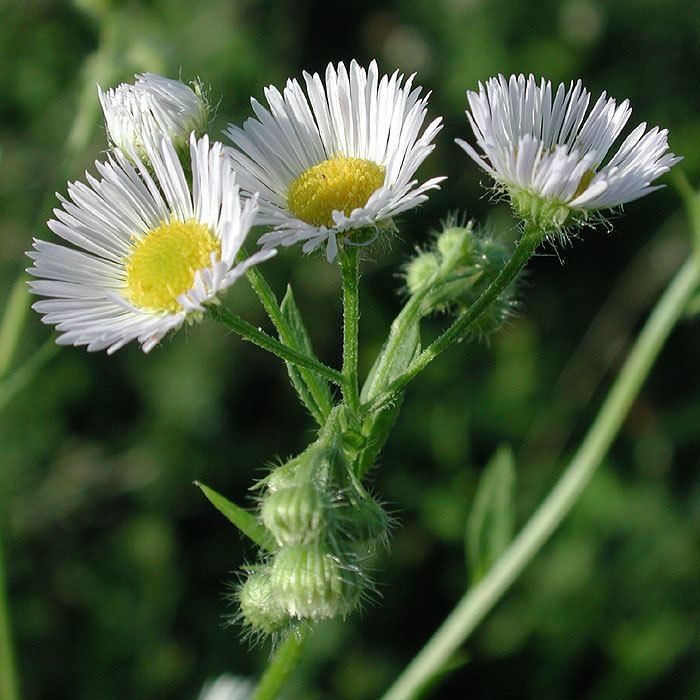 | ||
Similar Fleabane, Erigeron philadelphicus, Erigeron canadensis, daisy family, Gagea lutea | ||
Erigeron annuus (annual fleabane, daisy fleabane, or eastern daisy fleabane) is a North American plant species in the daisy family.
Contents
- Wild edibles 24 daisy fleabane erigeron annuus
- Description and identification
- Range
- Ecology and life cycle
- Habitat preferences
- Faunal associations
- References
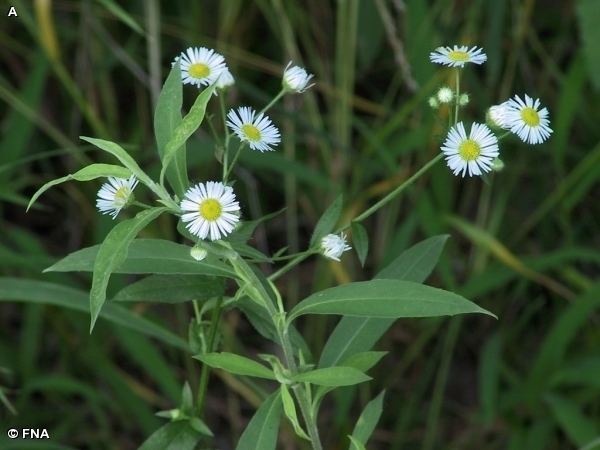
Wild edibles 24 daisy fleabane erigeron annuus
Description and identification
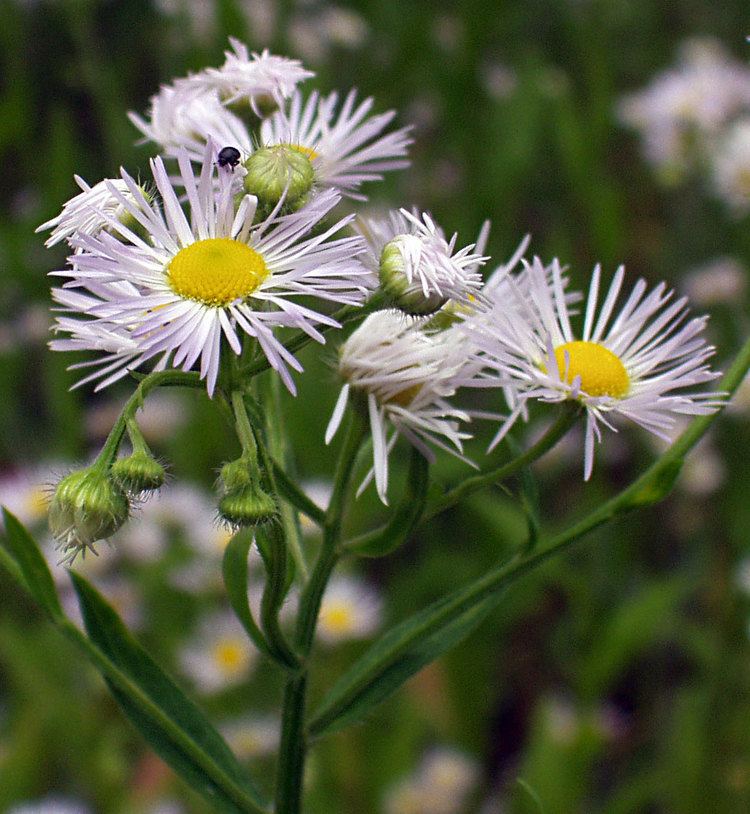
Erigeron annuus is a herbaceous plant with alternate, simple leaves, and green, sparsely hairy stems, which can grow between 30 and 150 centimeters (about 1 to 5 feet) in height. Leaves are numerous and large relative to other species of Erigeron, with lower leaves, especially basal leaves, coarsely toothed or cleft, a characteristic readily distinguishing this species from most other Erigeron. Upper leaves are sometimes, not always toothed, but may have a few coarse teeth towards the outer tips.
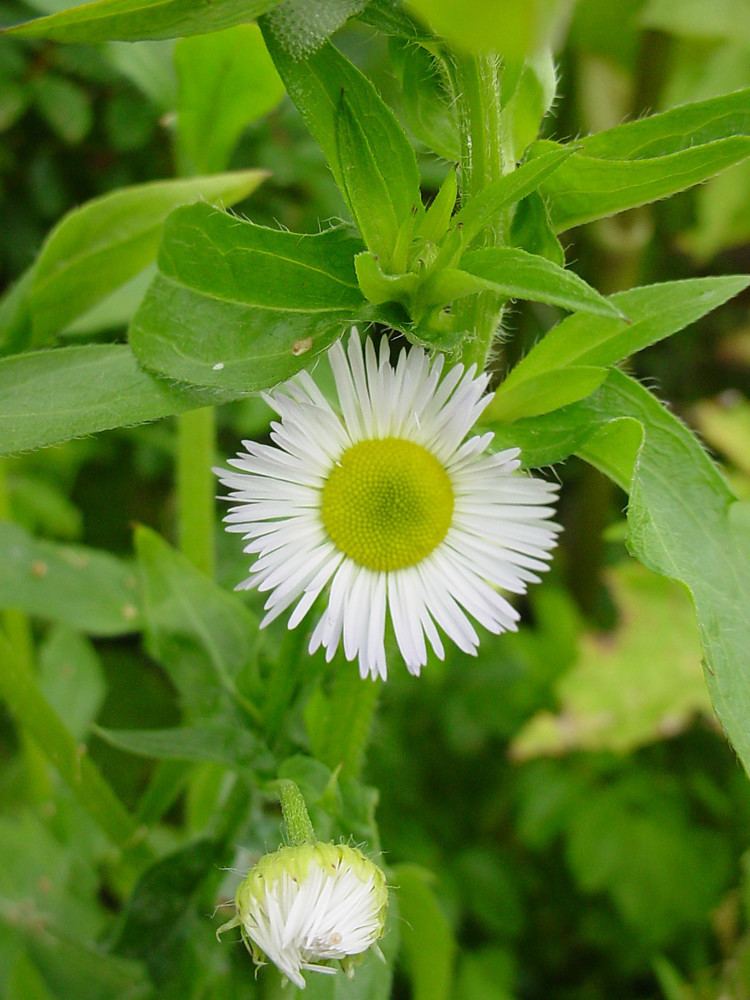
The flower heads are white with yellow centers, with the white to pale lavender rays, borne spring through fall depending on the individual plant. Ray florets number 40-100.
Range
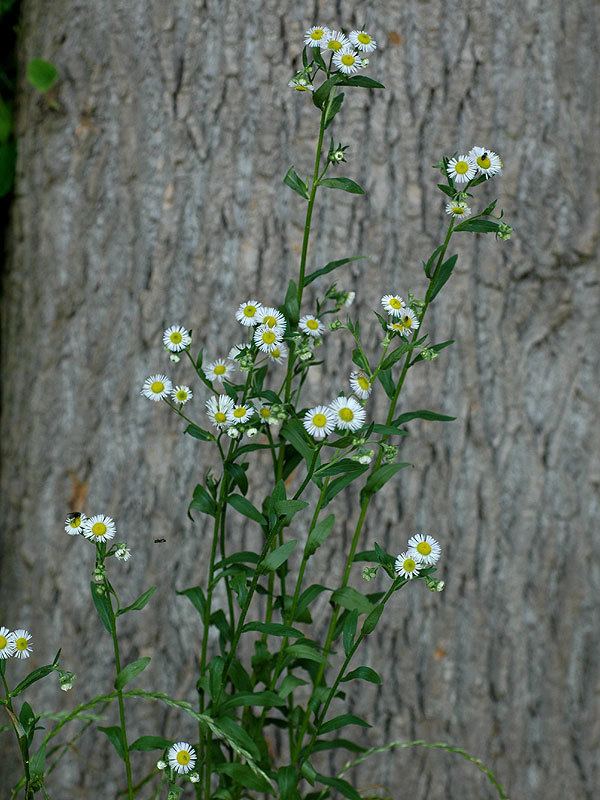
Erigeron annuus is native to North America, and is found in 43 of the contiguous 48 states. It is widespread in many of them, especially in the eastern part of its range, but occurs only in scattered locations in the West and Southernmost parts of its range. It is introduced in many other places.
Ecology and life cycle
It often grows as an annual but can sometimes grow as a biennial.
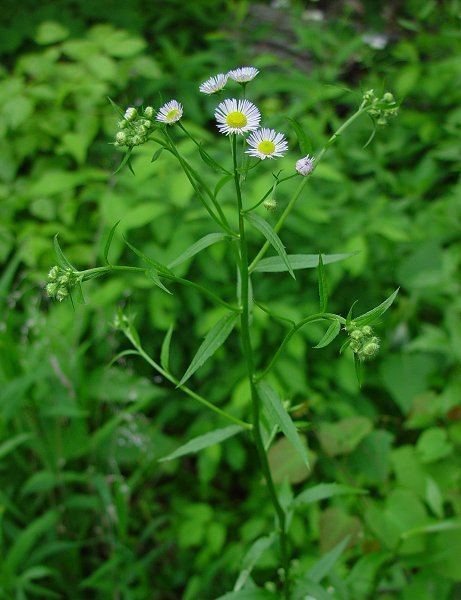
Erigeron annuus is a native pioneer species that often colonizes disturbed areas such as pastures, abandoned fields, vacant lots, roadsides, railways, and waste areas. In these habitats it competes, often successfully, with introduced invasive weeds.
Habitat preferences
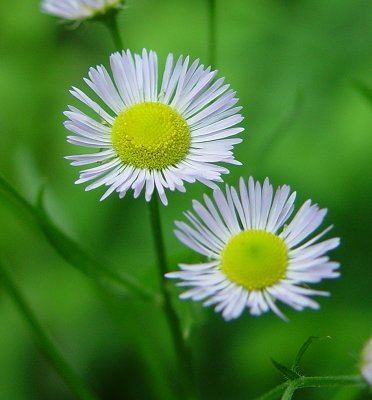
Erigeron annuus grows well in full through partial sun, on sites with ample moisture. It is tolerant of a wide range of soil conditions, including gravel and clay. In hot, dry weather, lower leaves often yellow and wither.
Faunal associations
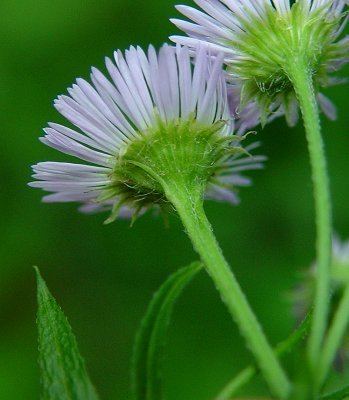
Flowers are pollinated by a variety of bees, including little carpenter bees, cuckoo bees, halictine bees, and masked bees, as well as flies, including syrphid flies, bee flies, tachinid flies, flesh flies, anthomyiid flies, and muscid flies. Wasps, small butterflies, and other insects also visit the flowers to a lesser degree, seeking nectar, as well as a few pollen-feeding beetles.
Schinia lynx (Lynx Flower Moth) caterpillars feed on the flowers and seeds of Annual Fleabane and other fleabanes, and Lygus lineolaris (Tarnished Plant Bug) sucks the plant juices. Some mammals eat this plant's foliage, flowers, and stems, including sheep, groundhogs, and rabbits.
